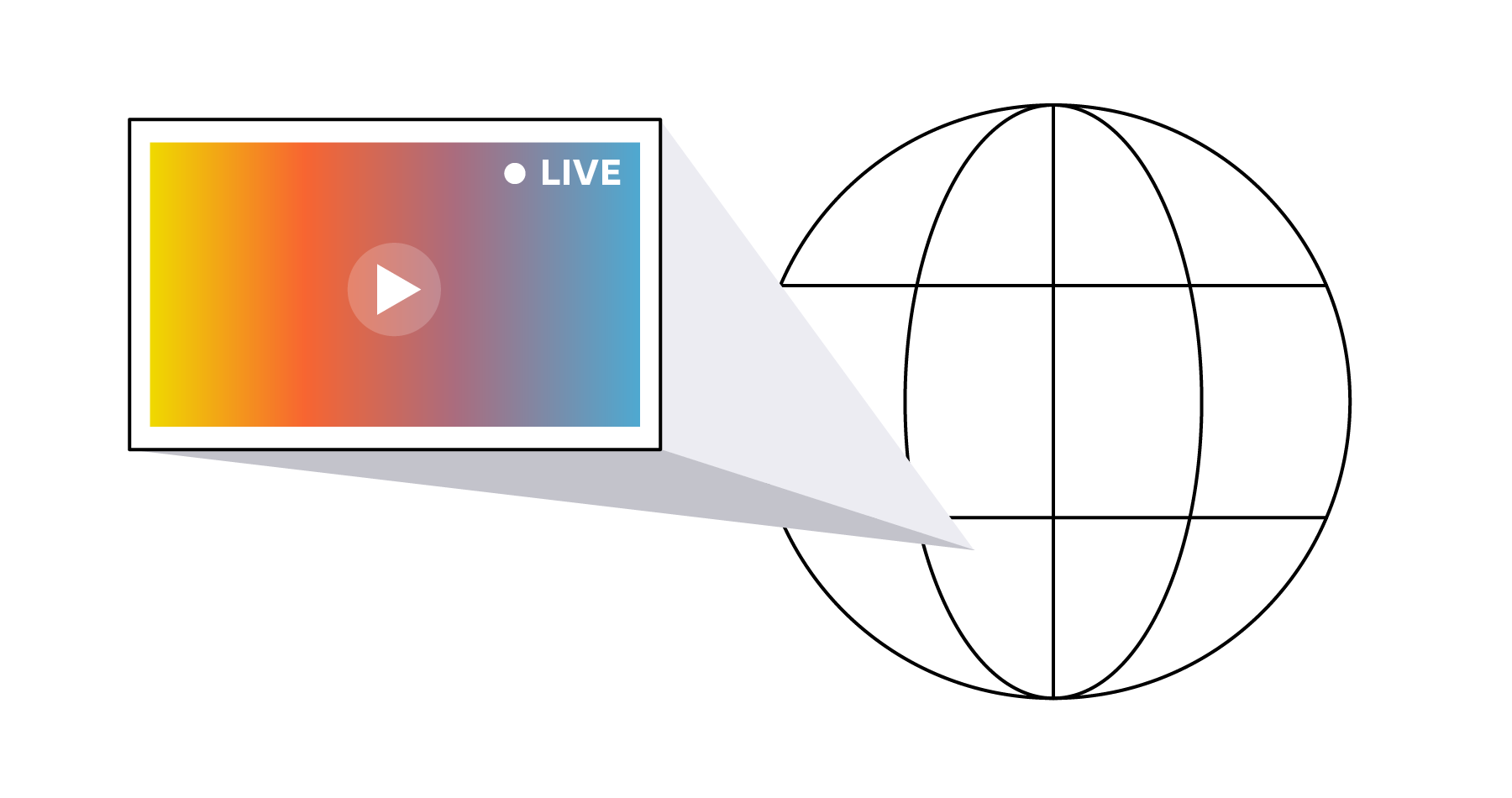A/B Testing Video Landing Pages
Marketing

Video landing pages are the best of both worlds. Landing pages offer streamlined layouts designed to highlight the call to action (CTA), while video offers better engagement and content consumption data. Together, they create a highly efficient conversion experience that you might be tempted to optimize for search.
Indeed, the visibility that search affords your content can be significant. Plus, video SEO has only gotten easier, so not indexing video landing pages can seem like leaving money on the table. But there’s another important use case that can’t be ignored: A/B testing.
Why A/B Testing Is Important
Testing is a key ingredient in effective marketing strategies. It segments the audiences, refines the messages, and maps content to the right channels. The time investment can be substantial, but the payoff is worth it.
Sadly, one of the reasons why proper testing is often neglected is because marketing efforts can generate a lot of data while delivering revenue and leads. In fact, it’s not uncommon to hear inexperienced marketers refer to simply running multiple campaigns as testing. If Campaign A outperforms Campaign B, they might say that they tested Campaign B and “it didn’t work.”
However, comparing campaign performance should never be mistaken for testing. Performance data can uncover trends and provide corrective insights, but only testing can reveal the factors driving performance and identify the formulas for repeatable success.
A/B testing, in particular, is a powerful tool for isolating variables and returning controlled results. A/B testing uses two identical pieces of content with a single variable changed—like a headline. That way, if the control (A) loses to the variant (B) in the test, the loss can be attributed to the headline.
Controlling for variables is the goal, but testing is never immune to chance. A single variable should be A/B tested at least three times to confirm the results and the entire process repeated for subsequent variables. This kind of proven data can then be applied to messaging and content to predictably enhance marketing strategies.
Why Landing Pages Are Important for A/B Testing
Marketers who’ve performed tests know that the more data you have, the more accurate your results will be. This is why optimizing a landing page for search can seem like a valid tactic: a bigger audience should mean better test results.
However, the biggest challenge with testing is controlling the audience. No matter what your SEO tool, agency, or consultant tells you, you can never know the breakdown of an organic audience. Between the death of third-party cookies and the prevalence of anonymized browsing, the available data is too spotty to be actionable.
Controlling the audience is precisely what unindexed, unlisted landing pages are designed to do. Coupled with email, a high-intent owned channel, they are the perfect testing sandboxes. With a good marketing automation platform (MAP), you can take a selected cohort and split them into equal, randomized segments.
Why Video Is Important for A/B Testing
Testing headlines and calls to action is relatively straightforward, but if you want to A/B test overall topics and content, you really need video.
Despite what web metrics like time on page or scroll depth suggest, measuring the content consumption of written content is notoriously difficult. Between multiple tabs, pop-up ads, and distractions from the family pet, written content simply has too many variables outside the marketer’s control.
Video content is different from written content for a few reasons:
- Video is more engaging. Emails promoting videos generate higher click-through rates. Not only does this represent higher intent, it means more views and more accurate results.
- Video is more captivating. With higher intent comes increased attention. Video also tends to have a more captive audience simply due to the sensory stimulation of sound and moving images.
- Video is more calculating. Every second of video that’s viewed is a quantifiable measurement of content consumption. Higher intent and attention imbue this number with more accuracy.
To be clear, no content format is completely free of behavioral variables. Viewers can drag a video slider (called “scrubbing”) just as easily as they can scroll a webpage. In fact, the longer the content is, the more likely they are to do so with either format. The difference is this behavior is far less common with video, especially video on landing pages with an engaged email audience.
Tips for A/B Testing with Video Landing Pages
There are lots of best practices related to A/B testing, but when video is involved, there are some unique things you can do.
Select the Best Audience
Creating equal, randomized segments is the easy part—most MAPs can do this automatically. Choosing which cohort of customers to segment can be tricky. Thankfully, marketers have lots of data available, particularly content data.
- Customer Data. If your goal is to test interest in two new products, you should start by segmenting your customer list by purchase history. This would include not only purchases of similar products with similar price points, but purchase frequency as well. Customers with a single purchase are less likely to have an interest in new products than customers with multiple purchases.
- Marketing Data. Next, you should refine this segment by excluding customers who haven’t clicked through an email within a certain period of time, like the past 90 days. Some people just don’t open marketing emails, so including them dilutes your sample size. Furthermore, they can pollute your test results with outliers who sporadically open emails to rage-click through the content.
- Content Data. Finally, your segment should account for your customers’ viewing habits. For example, Brightcove offers Audience Insights: a customer data platform that can segment audiences by watch history and other key inputs. This data is then automatically synced with CRM and MAP tools to trigger emails and other targeted communications. With Audience Insights, you can drill down further and select customers who are particularly engaged by product videos.
Keep in mind that audience segmentation is a delicate process. A highly refined segment is worthless if the sample size is too small; the results won’t be statistically significant. So don’t make your test parameters too specific, and keep your final cohort over 1,000.
Create the Best Experience
Video landing page experiences should be as easy to consume as they are to create. Employing the following features will improve the customer experience and enhance the test results.
- Autoplay. This may be the only time in marketing history that an autoplayed video is welcomed by its audience. Unlike the autoplayed video ads and social media videos that can erode engagement with complaints, email users expect videos to autoplay. Your email copy has already made it clear they’re clicking to watch a video, so don’t make them click again.
- Low-code templates. Some CMSs are easy to use, and even some MAPs offer landing pages, but there’s no guarantee they’ll be optimized for displaying video. Using a low-code landing page template from an OVP like Brightcove, you can quickly design a slick layout that keeps the video experience responsive and above the fold. The templates are easy to customize, but you can also add custom CSS to more closely match your website’s branding and style.
- Interactivity. A video’s engagement rate tells you more about content consumption than written content ever could. Interactive video is a step further. With interactive features like sentiment or polling, you can get an even clearer picture of which video performed better. Just be sure to limit the interactive elements so they’re not overwhelming. With Brightcove Interactivity, you can easily monitor this with the Interaction Rate.
When Not to Optimize Content for Search
As generative AI hype pushes into the search engine world, SEO is becoming more of a meme than a best practice. Certainly, it’s a critical tool of the digital age, but some tactics work better without it. A/B testing is one such tactic that is no less valuable and works best when video landing pages are not optimized for search.



